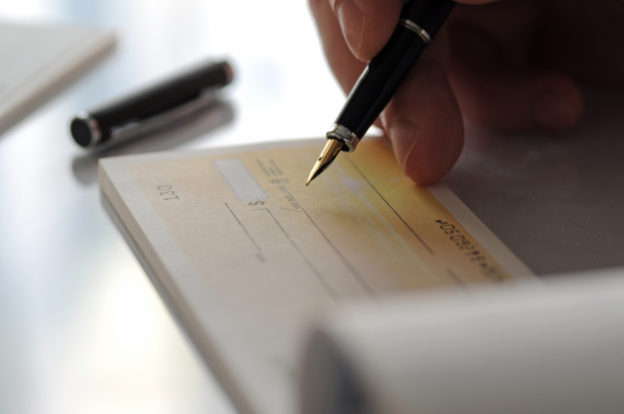The majority of our banking transactions are now completed digitally, using a credit or debit card or a digital and mobile banking app. Even in today’s environment, you may need to submit a check to complete a sale, and it’s crucial to know the differences between the numerous sorts of checks you’ll come across.
We make it easy to know the key differences between cashier’s checks and personal checks. Keep on reading to find out more!
What’s a Personal Check?
Most people are likely to be familiar with a personal check. These are the ones we use to make rent payments, submit for various services, pay bills, etc.
Personal checks are personalized pieces of paper with your bank account and routing number printed on them that are issued by your bank. The account holder must fill in the date, payee, check amount, and signature line when the check is presented for payment.
Whoever you’re paying puts your check into their account when you pay by check. The money is subsequently sent to the recipient’s account by your bank. Personal checks provide a measure of security as well. If you were to lose a check, you wouldn’t necessarily need to worry in the same way you would when losing a debit card or cash.
The bank can place a stop payment on a missing check to guarantee that the money is not deposited by anyone other than the payee. Also, because the bank saves copies of canceled checks, paying by personal check gives proof of payment.
What’s a Cashier’s Check?
A cashier’s check assures the payee that there are sufficient funds to cover the check’s amount. The distinction is that a cashier’s check uses the bank’s money instead of the funds of an individual account representative.
When an account holder asks their bank for a cashier’s check, the bank verifies that there are sufficient funds in the personal account to pay the cashier’s check. The money is subsequently transferred from the personal account to the bank’s account, and a check is issued with the payee’s name and the amount filled in prior.
Cashier’s checks, while providing security to beneficiaries, can also give some protection to the account holder. If you’re concerned about the receiver learning your bank account number, a cashier’s check keeps that information secret because it doesn’t include it. You can’t acquire a “blank” cashier’s check without knowing the exact amount being paid or the person’s information who will be receiving the payment.
Before getting a cashier’s check, it’s essential to know the amount and the payee’s full name. It’s important to mention that a cashier’s check can cost up to $15 at some institutions.
Which Option is Best for You?
Despite the many payment methods available to us today, checks remain one of the most secure and universal ways to exchange funds. Therefore, knowing the distinctions between personal checks and cashier’s checks is crucial.
Being aware of the advantages and disadvantages of each of these paper payment forms will assist you in selecting the best payment option for your requirements and understanding what to look for as a recipient.

